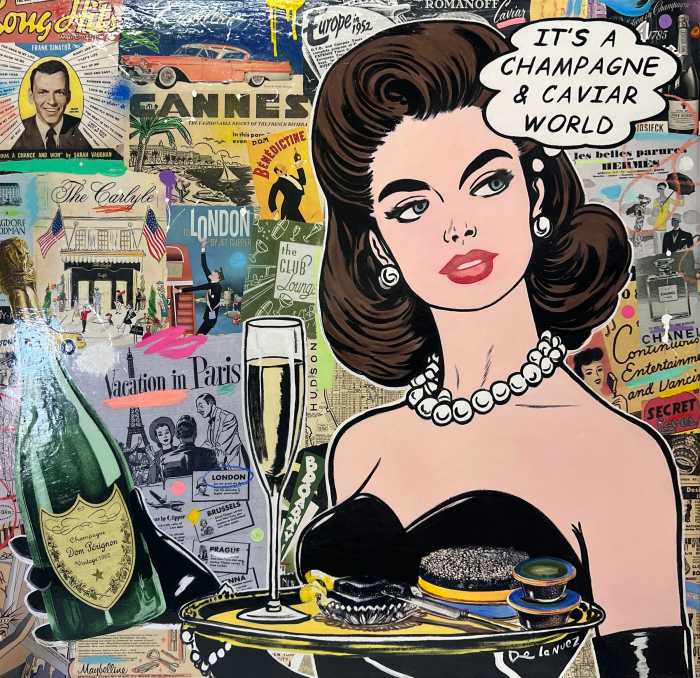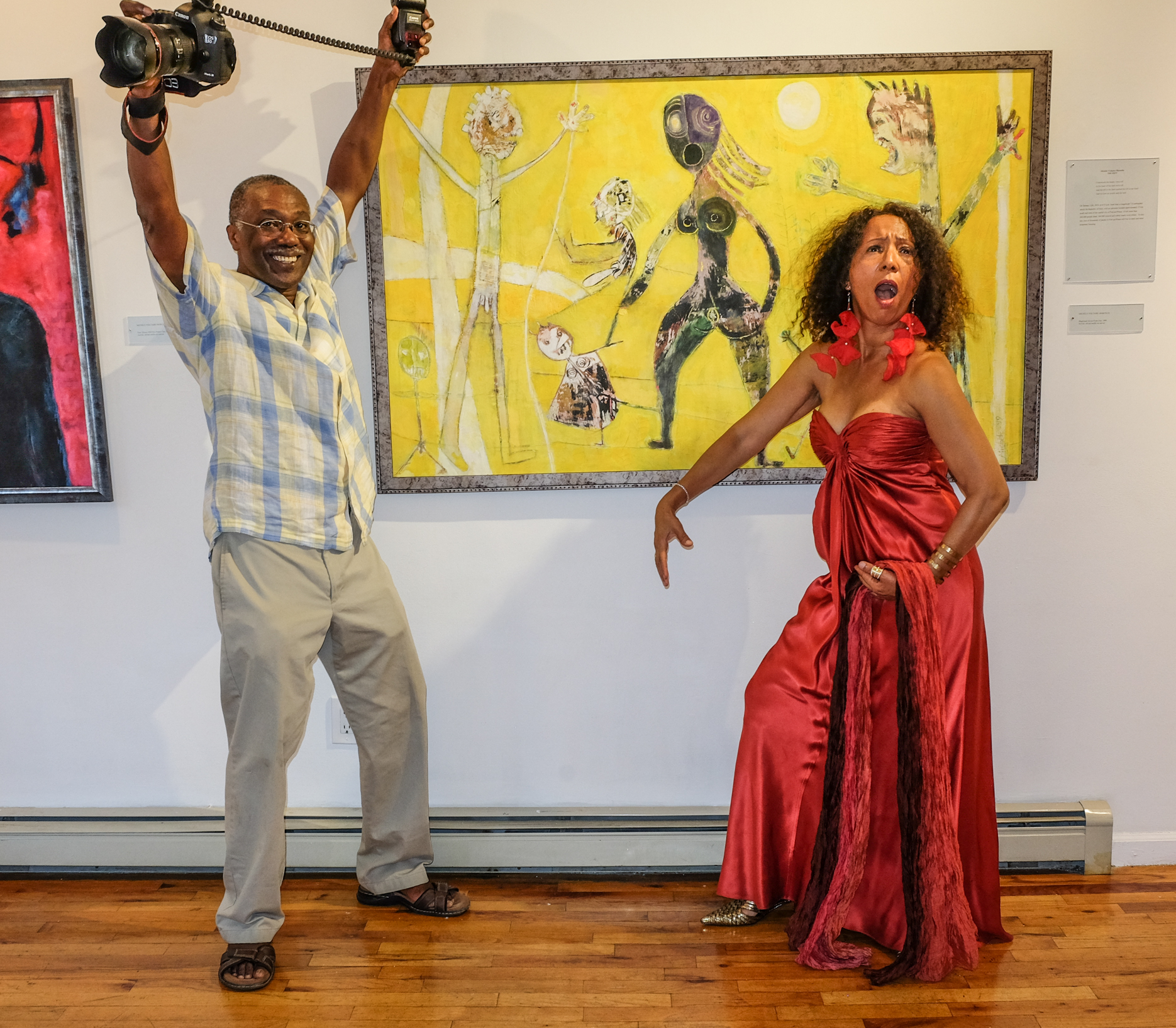
BY TEQUILA MINSKY | The William Jennings Gallery at Kenkeleba House, at 219 East 2nd Street— is a Lower East Side treasure — but even as its fans and followers mourn the June 4 passing of its co-founder/codirector painter Joe Overstreet, the shows go on.
Corinne Jennings, Joe’s wife and Gallery cofounder makes sure they do.
Jennings and Overstreet, along with Samuel C. Floyd, founded Kenkeleba House in 1974 to support African American culture. The gallery is known for educating the public and promoting artists often ignored by the mainstream art world.
Kenkeleba showcases a broad range of art with emphasis on African-American, Latino, Asian and Native American artist. Currently, “Passion and Perseverance in Haitian Art” showcasing Emmanuel Merisier, Michele Voltaire Marcelin, and Jean Dominique Volcy, is the fifth exhibition in the last two decades exclusively highlighting Haitian artists.
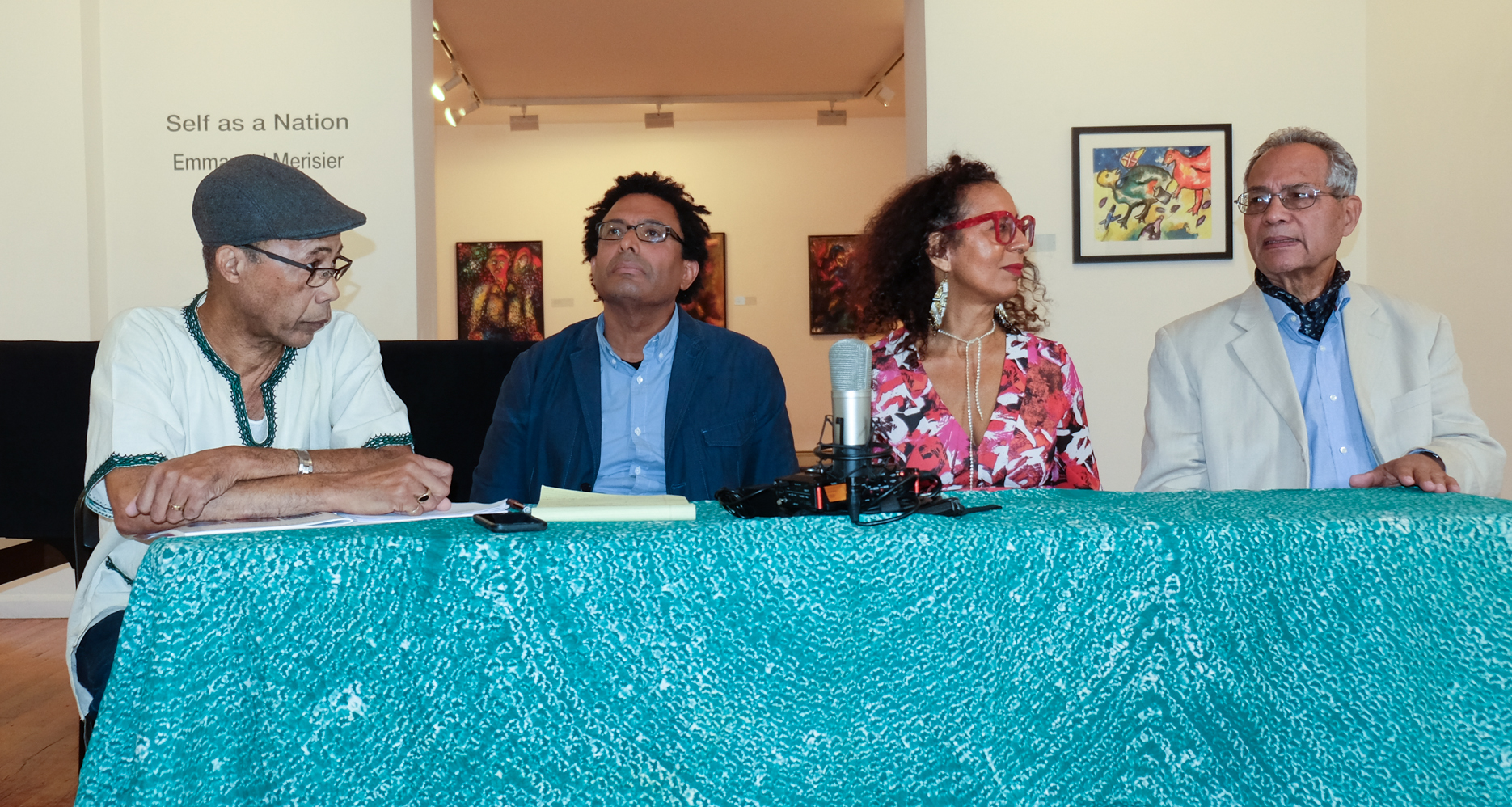
The show represents a curation by artist and art critic Andre Juste and Paul Corbanese, president of the Toussaint Louverture Cultural Foundation, which published a 33-page accompanying catalogue.
The Foundation promotes artists and the culture of Haiti — the restoration of Haitian cultural heritage, infrastructure and art works, and is particularly focused on the rebuilding of the Musée d’Art Haïtien, destroyed during the 2010 earthquake.
At the gallery, the front two rooms pay homage to the talent and spirit of Emmanuel Merisier, who has turned 90 during this show’s run, and with fragile health is too in unable to attend the show’s events.

Merisier has continuously lived a life in the arts and it was during his New York artistic wanderings when he discovered this gallery and introduced its owners to the complexities of Haitian art.
As the catalogue states: “Symbolically (this exhibition) represents the gallery coming full circle in its support to Haitian art as the three artists took part in the 1998 and 2013 exhibits.”
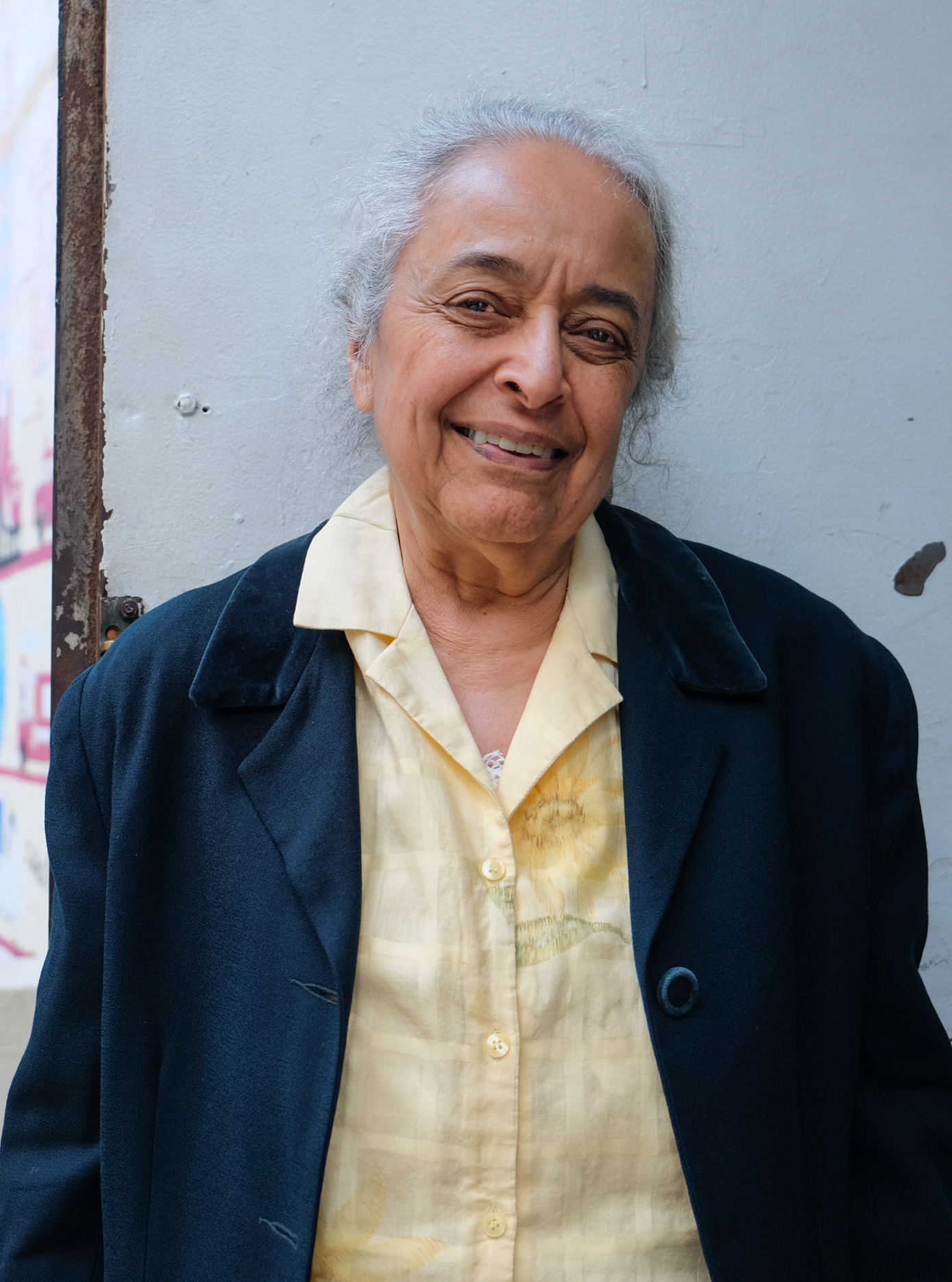
All three artists are Haitian-born and have lived in the U.S. for decades. Scenes, themes, objects and colors all reflect their Haitian heritage while their influences and styles differ considerably.
Most of Merisier’s paintings with bold use of color depict Haitians’ everyday life including the commonplace, markets and vodou ceremonies.
Merisier came to New York in the mid-80s and studied what was done in the art world and, as Picasso was influenced by African art, Merisier’s Haitian background provided inspiration and nurtured his creativity. He attended the Art Students League and School of Visual Arts as well as being a constant museum visitor.
“My works are often expressionistic, and raw and reflect some definite currents of modern art—art brute, expressionism and primitivism,” he is quoted in the catalogue.
The exhibition of his work, relying on his memory to represent, presents the artist as what he has professed to be — a modernist primitif.
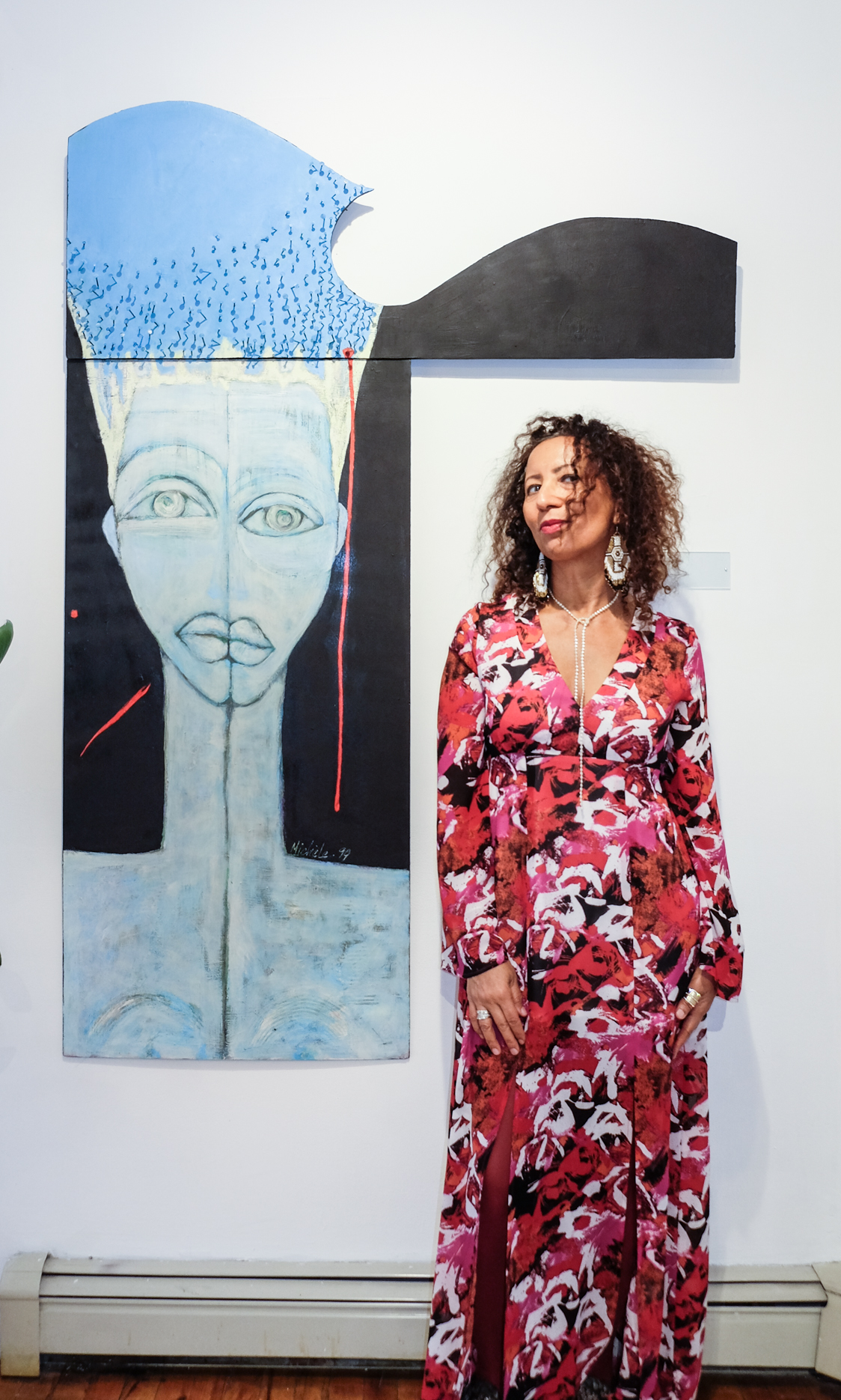
Michele Voltaire Marcelin’s work is that of a self-taught visual artist (she is also a poet and performer) whose textured surfaces range from stark to vibrant. Her art reflects strong opinions of current situations in Haiti or the United States.
After seeing Rufino Tamayo’s work in Mexico in 1988, she felt she was given permission to be a visual artist she said during the panel on the exhibition, last week. “I was blown away by his use of color, texture of his paintings, the freedom… I felt he gave me permission to paint,” she said.
Loneliness, melancholy, defiance, scarred wounded warriors suggest stories “that stir memories, revealing the subject as strange, yet familiar.” “Kot Kob Petrokaribe a? Show me the Money” is directly connected to the Haitian people’s struggle against corruption and the issue that ignited the current and on-going set of protests.
Color is applied on her canvases usually on the floor using sponges, sharp tools, layering and scraping; the canvas, never planned — “each painting leaves a trace of the image that came before,” and continues to speak until it is right.

Jean Dominque Volcy has always had a passion for art, which he nurtured. He studied at the Robert Blackburn Printmaking workshop and was also mentored by master sculptor artist Otto Neals.
“My works echo the murmur, the clamor, and joy in our daily life,” he said. For him life is a mystery. His work attempts to give form to his vision of man and the world and the Gallery’s selections are entitled: Dreams, Memories, Perception.
This exhibition opened mid-September. The closing event, scheduled for Oct. 26 from 3 to 6 p.m., will include music and poetry.






